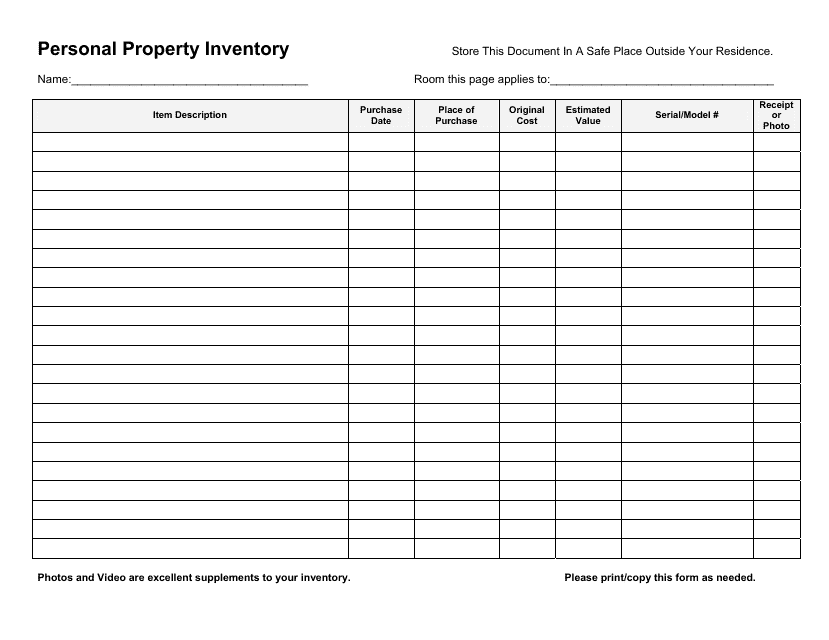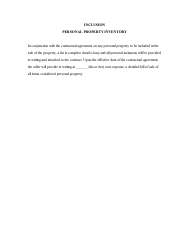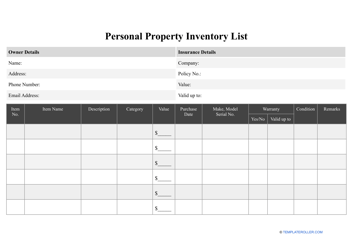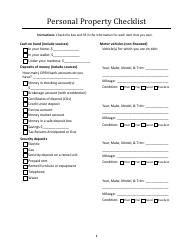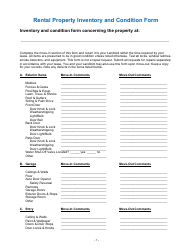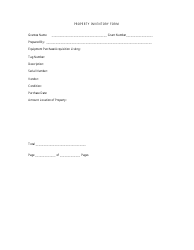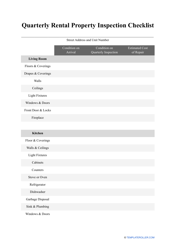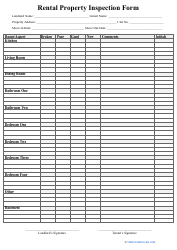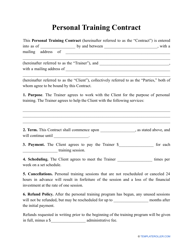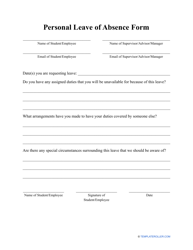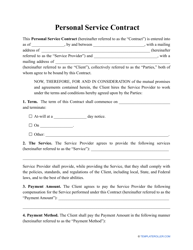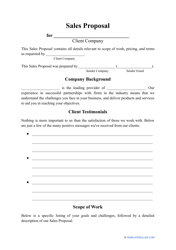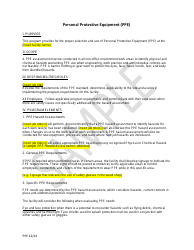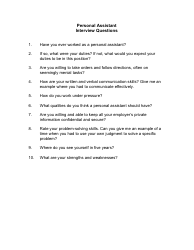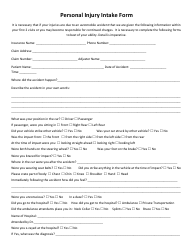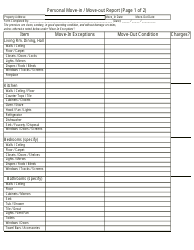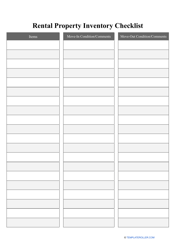Personal Property Inventory
A Personal Property Inventory is typically used to keep track of all the belongings you own. It helps you document and value your possessions for insurance purposes, estate planning, or in case of loss or damage.
The individual or the owner of the personal property is responsible for filing the personal property inventory.
FAQ
Q: What is a personal property inventory?
A: A personal property inventory is a list or catalog of your belongings that provides detailed descriptions and values of each item.
Q: Why is a personal property inventory important?
A: A personal property inventory is important because it helps you in case of damage, theft, or loss. It can aid in insurance claims, estate planning, or settling disputes.
Q: How should I create a personal property inventory?
A: To create a personal property inventory, start by documenting each item with photos or videos, recording important details such as brand, model, serial numbers, and purchase price. Keep receipts and update the inventory regularly.
Q: Can I use a smartphone app to create a personal property inventory?
A: Yes, there are smartphone apps available that can help you create and maintain a personal property inventory. They may offer features like categorization, value estimation, and cloud storage.
Q: What items should I include in my personal property inventory?
A: Include all your valuable possessions such as furniture, appliances, electronics, jewelry, artwork, collectibles, and even clothing and shoes. Don't forget about items in storage or items you borrow or lend to others.
Q: Do I need to appraise each item in my personal property inventory?
A: It is not necessary to appraise each item in your personal property inventory unless it's a high-value item. However, it's important to include as much information as possible, including receipts or estimated values.
